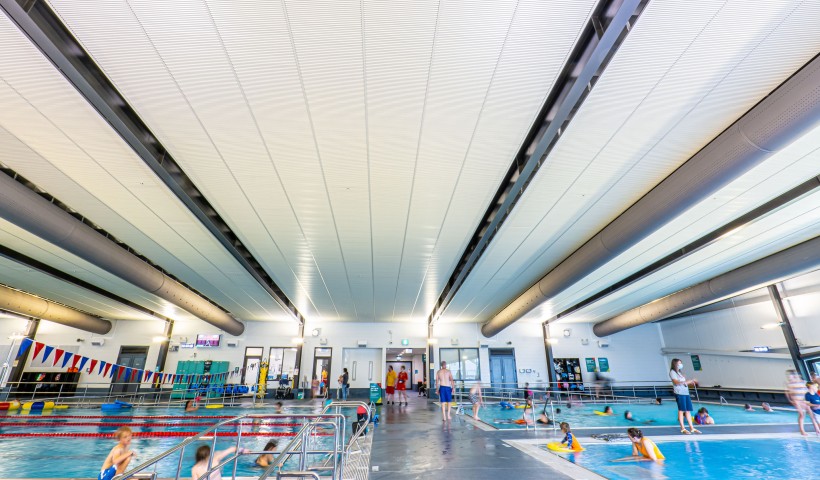
New Zealand's old housing stock has been the focus of a lot of attention in recent years with regards to insulation, or the lack thereof. The ECCA Warm Up New Zealand programme has done some excellent work to address the easy wins in old houses, by promoting and subsidising the insulation of the underfloor and ceilings of many of New Zealand's older houses. The elephant in the room however is, what to do about the 20% or more that is lost though the walls? Walls are a heat flow pathway that is potentially greater than the nominal 10% losses via the underfloor.
The reason the walls have not been addressed is simple; it is much harder to fix than the ceiling and underfloor. Older houses are typically constructed with timber cladding, timber joinery and timber flashings, without building paper, and they tend to rely on the airflow inside the external cavity to keep the inside linings dry; if users fill that cavity with an insulation, they are preventing this airflow and potentially trapping moisture which creates mould issues on the internal linings down the track.
The solution therefore is to leave the cavity to breathe and to instead line the inside of the wall. It is not to rip off the linings, to batten out 75 plus millimetres and/or to insulate and then re-line the walls, creating a huge disruption to the occupants. The solution is simply to leave in place the existing linings, and to line over the inside face of the wall linings with a continuous high performance insulation board.
This Kooltherm K17 board is supplied with a pre-laminated plasterboard facing, ready for fixing, stopping and painting. Better still, the only preparation required is to remove the existing architraves and skirting boards to allow them to be reinstalled over the new linings.
Using an insulation board with a thermal efficiency that is almost twice that of traditional bulk insulations means that 25mm of insulation, with a 10mm plasterboard facing, will only reduce the internal dimension on exterior wall(s) by 35mm, while delivering an insulation value of R1.3; this might not be Code, but it is better than nothing. Further, K17 is a continuous insulation over the existing framing, so the system performance is as much as 20% higher than a traditional product with the same R-Value, which is regularly broken by thermal bridges. If users want to meet Code, they will have to lose only 50mm of interior floor, and only on the external wall(s); still a small price to pay compared to the alternatives. The wall can still breathe, so users have not created potential moisture issues.
The same solution is perfect also for residential and commercial lining over concrete, block and brick; being 96% closed cell and unaffected by moisture, users again can achieve a very high R-Value, while sacrificing minimal internal floor area.
For more information on Kooltherm K17 high performance retrofit solution for residential walls, please call on 0800 45 4000, email or visit the Forman website.









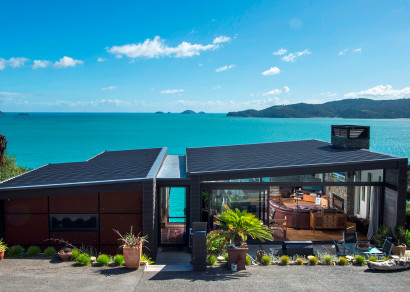


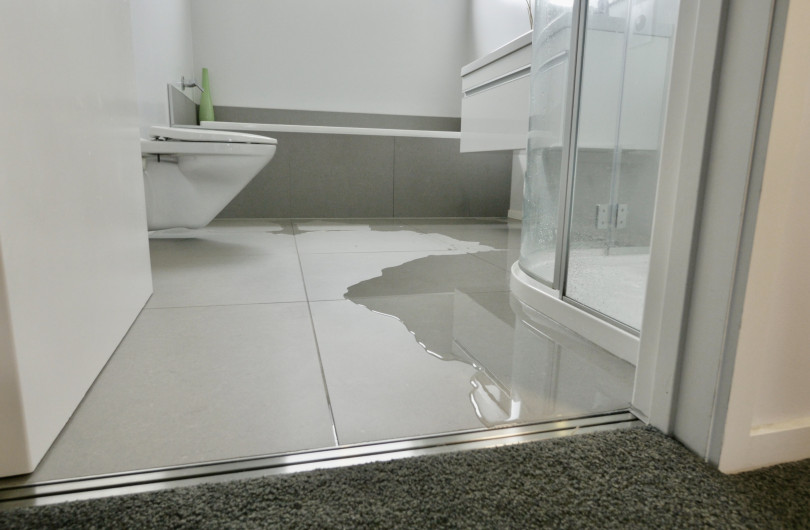
 Product News
Product News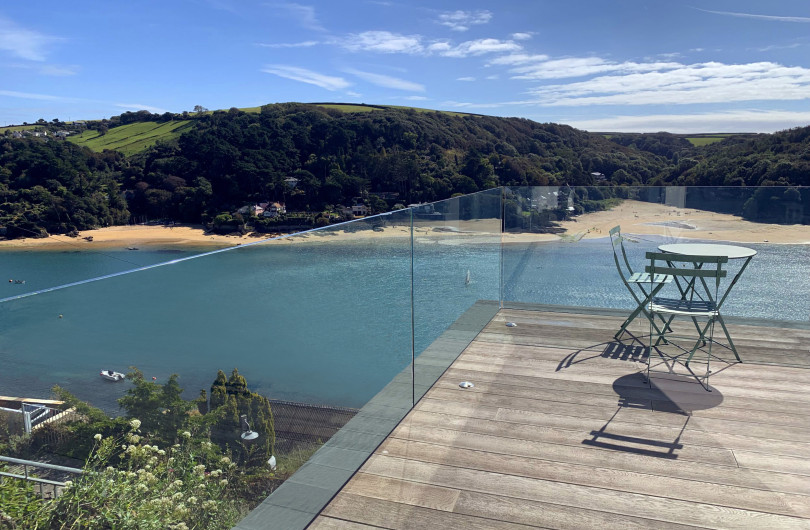
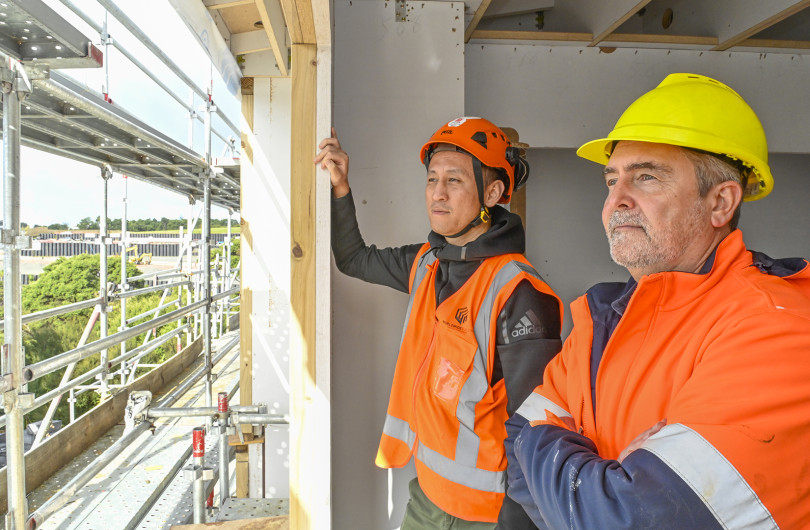

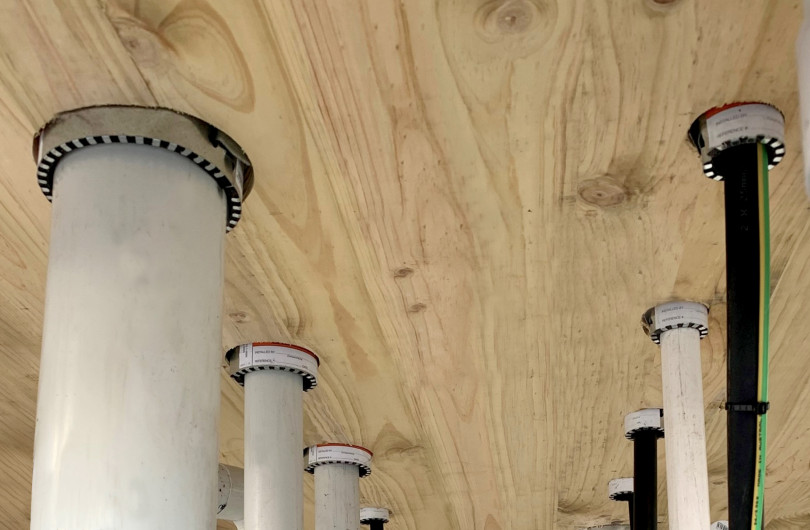

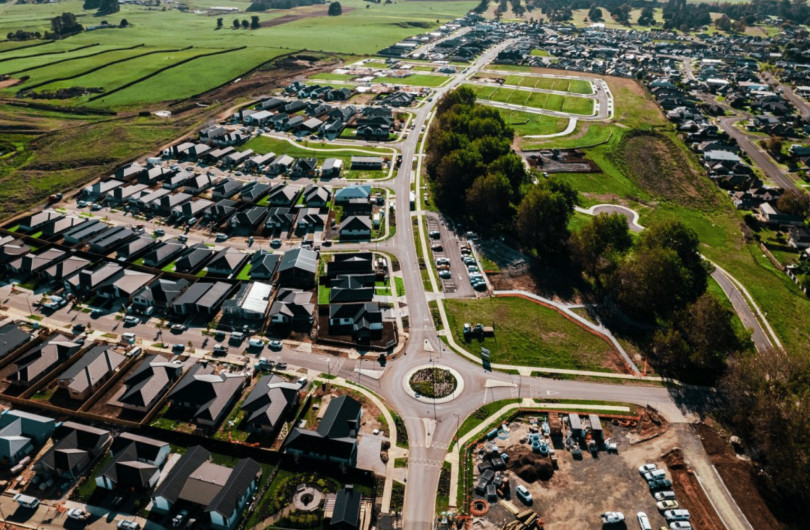

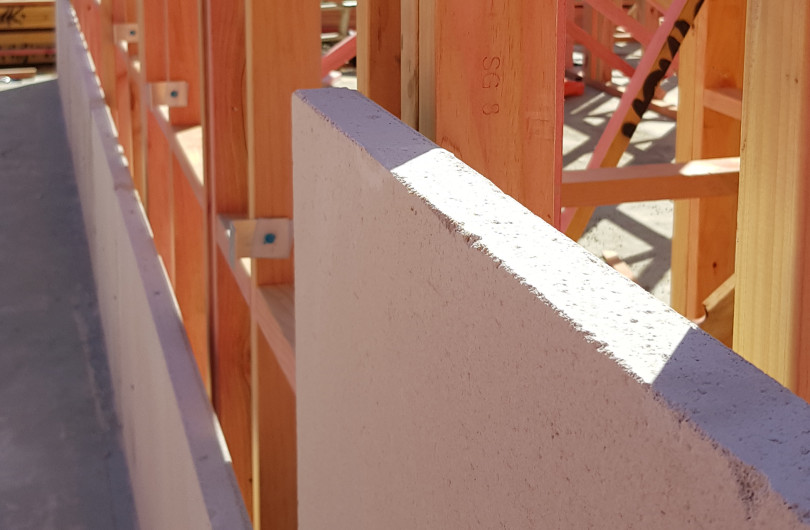


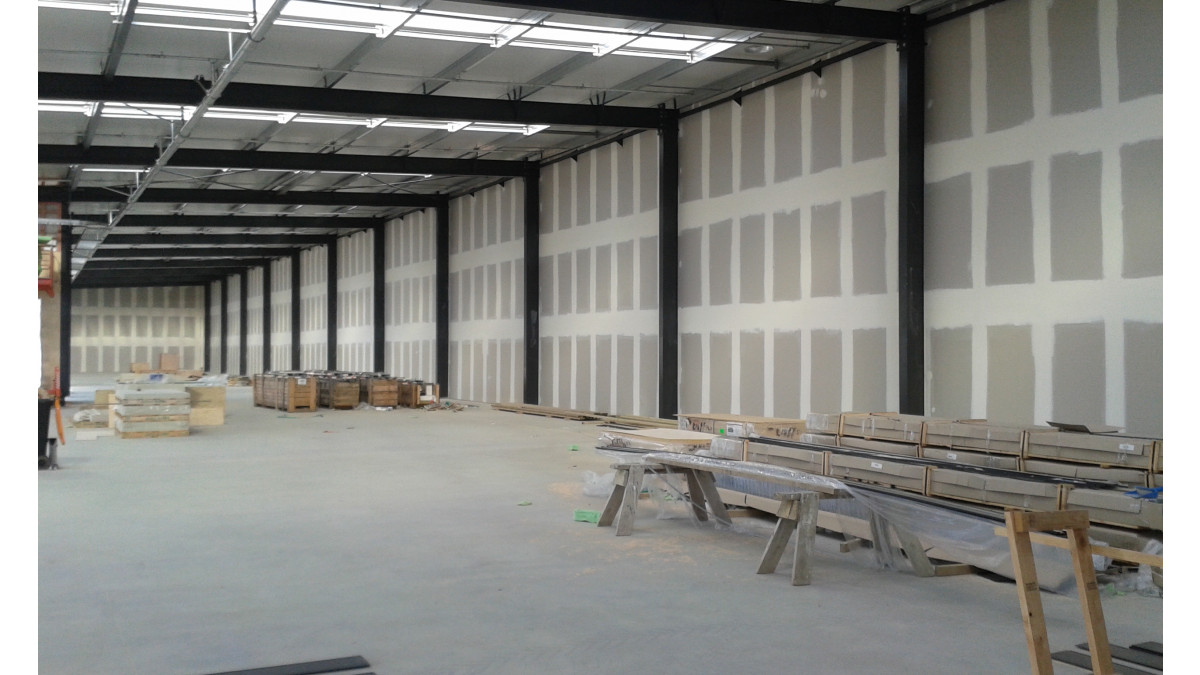
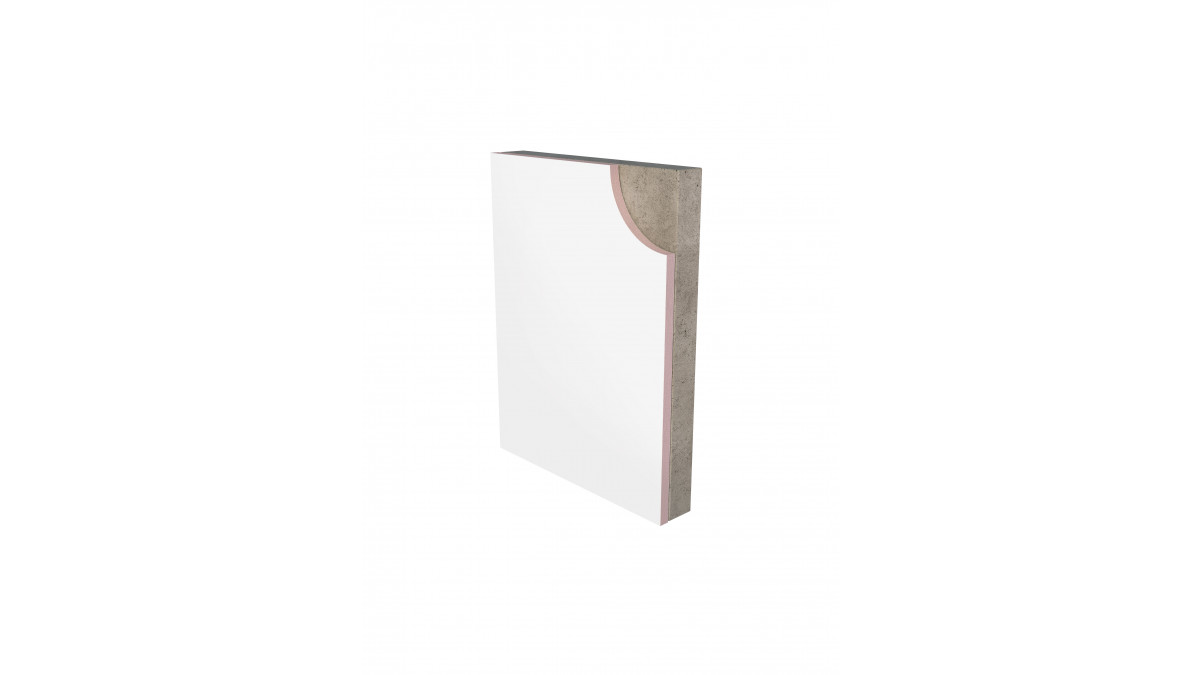
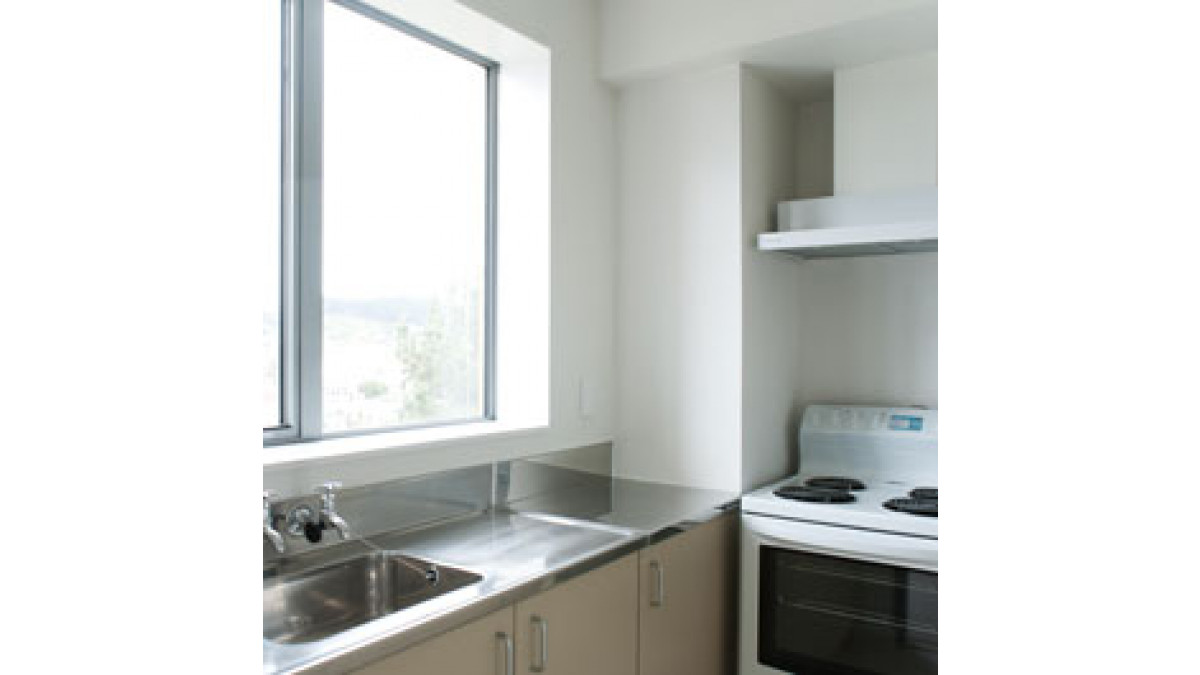


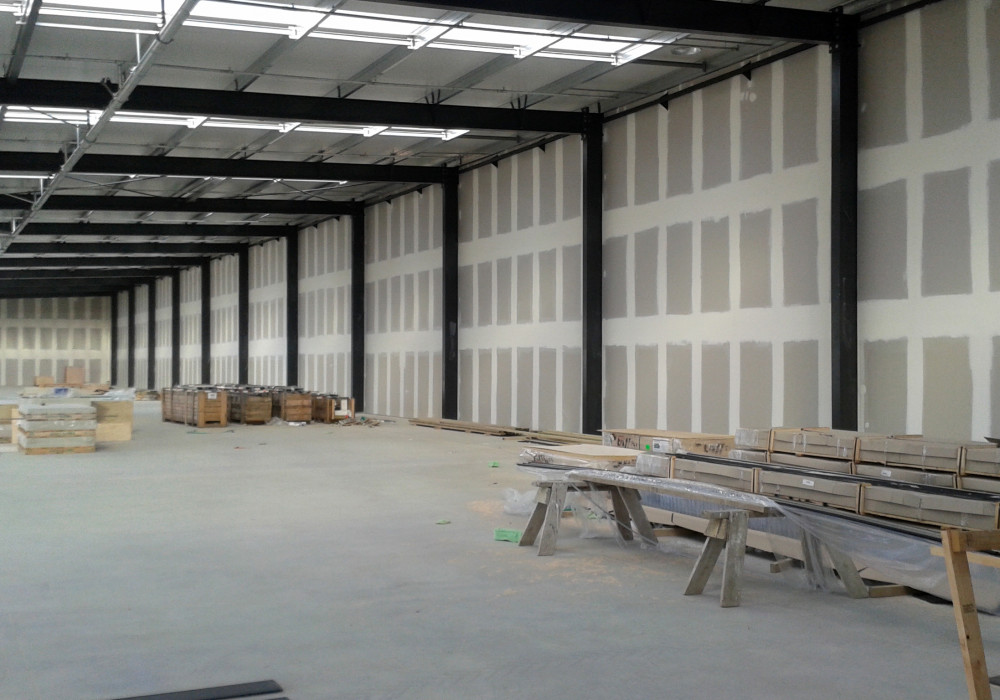

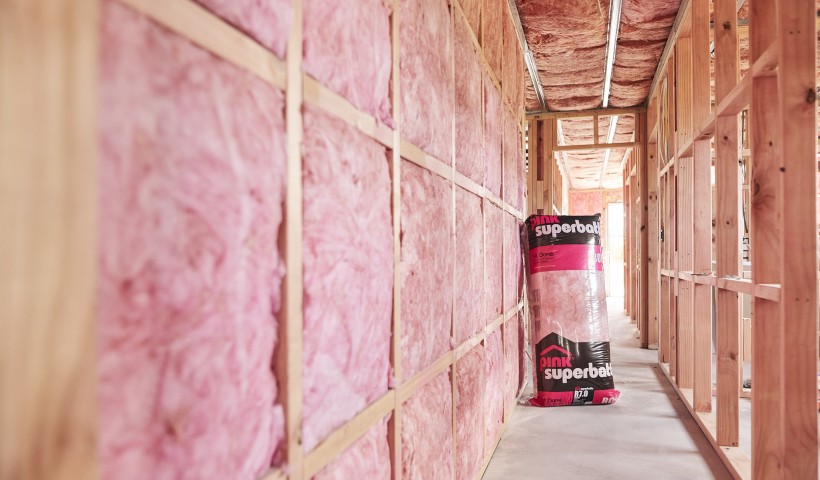
 Popular Products from Comfortech Building Performance Solutions
Popular Products from Comfortech Building Performance Solutions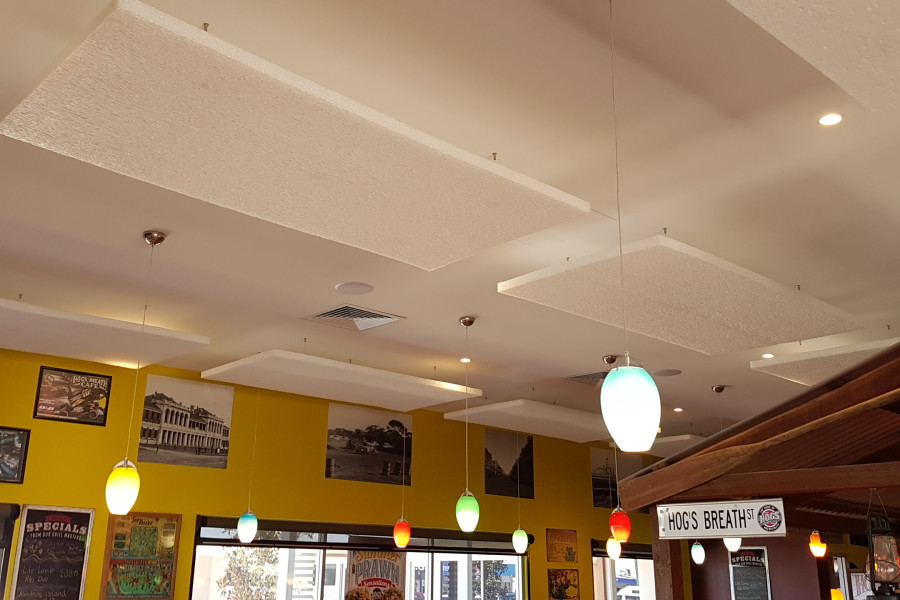
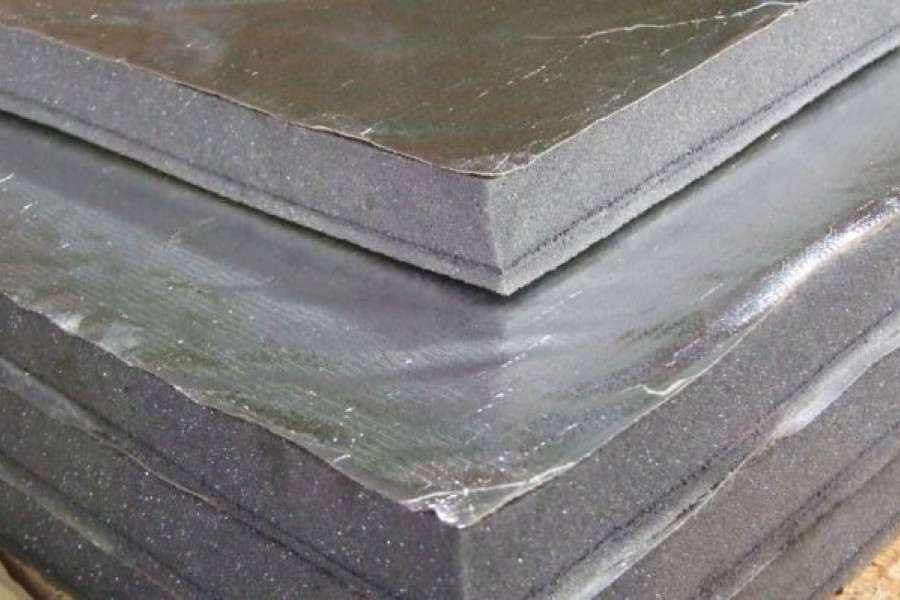
 Posts by Comfortech Technical
Posts by Comfortech Technical Most Popular
Most Popular



